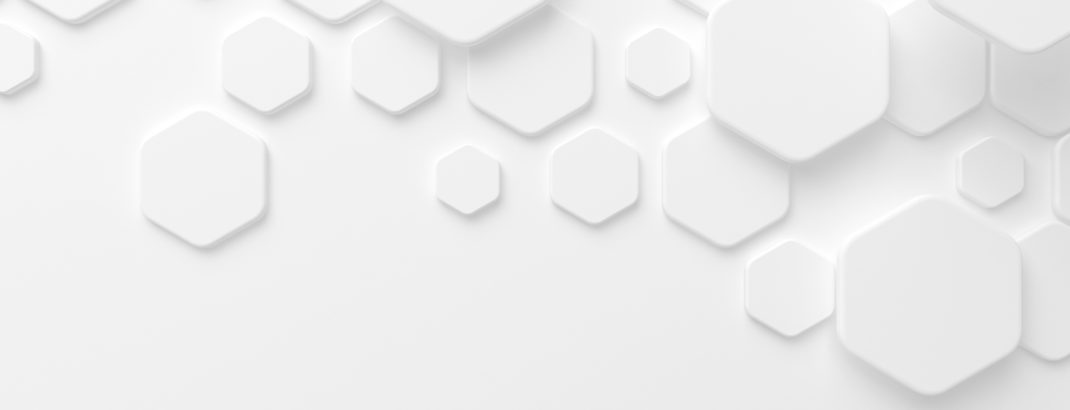Para la impresión FDM hay cuatro opciones de relleno que puede seleccionar el software de corte de la impresora y que cambian la construcción del relleno de la pieza. Por eso hemos elaborado guías de diseño FDM.
A diferencia de otras tecnologías de impresión, que requieren el archivo CAD con las estructuras internas creadas como parte del diseño , con la impresión FDM se puede imprimir un bloque sólido con diferentes opciones de relleno y sin necesidad de modificar el archivo CAD.
Esto permite ajustar la construcción de la pieza para adaptarla a la aplicación final. Se puede eliminar material de la pieza durante el proceso de impresión para aligerar la pieza o reducir el uso de material y el tiempo de impresión , reduciendo así el coste total de la pieza.
En la impresión FDM es habitual que las piezas, especialmente los modelos más grandes, no se impriman con un relleno sólido, optando en su lugar por una opción menos densa para reducir costes.
Las 4 opciones de relleno disponibles son: Sólido, Hexagrama, Esparcido Doble Denso y Esparcido.
Construcción FDM
La impresión FDM utiliza un proceso de extrusión para fabricar piezas capa a capa. La punta de impresión crea primero un perfil exterior, normalmente denominado “contorno”, y después crea el relleno seleccionado por el usuario, conocido como “trama”. El patrón de trama suele colocarse a 45 grados respecto al contorno para mejorar la resistencia de la pieza, y el fabricante puede modificarlo para adaptarlo a la aplicación. La impresión tiene capas inferiores y superiores que son similares al contorno en la forma en que contienen el relleno (que no es visible después de la impresión). Una pieza FDM se construye a partir de 4 secciones principales, como se muestra en el gráfico siguiente.

Porosidad/Densidad
Las piezas FDM siempre son porosas, incluso la opción de relleno sólido nunca es 100% densa. La razón de ello es la forma en que la impresora FDM construye las piezas. Al igual que con otras máquinas tradicionales, las trayectorias de las herramientas se crean en para controlar el movimiento de la máquina y, en el caso de un sistema FDM , el movimiento de las puntas de impresión.
Geometrías como las esquinas, en las que se requiere que la trayectoria de la herramienta imprima en áreas pequeñas, hacen que sea muy difícil que las trayectorias de la herramienta impriman justo en la geometría apretada, lo que da lugar a pequeños huecos en la impresión. El proceso de estratificación mediante filamento redondo también implica que haya huecos en el proceso de estratificación en la dirección Z, lo que da lugar a una pieza porosa.

Relleno sólido
Como su nombre indica, el relleno de la pieza es sólido. Una pieza FDM nunca es 100% sólida debido al proceso de fabricación, en el que la máquina crea trayectorias para que las siga la punta calentada. Debido al tamaño de la punta, es imposible rellenar todas las zonas de la pieza, por lo que quedan pequeñas bolsas.

Hexagrama
El relleno tiene forma de hexágono.

Esparcido Doble Denso
El relleno es una trama cruzada en cada capa.

Disperso
El relleno es una trama cruzada en capas alternas.

Matriz de relleno FDM

Espesor de la capa FDM

Guía de selección FDM
Como cada aplicación es diferente, es difícil crear una guía única. Sin embargo, hay algunas comprobaciones y decisiones sencillas que pueden tomarse para ayudar a seleccionar el mejor relleno y grosor de capa para la impresión FDM.

Si quieres saber más sobre las guías de diseño FDM, ponte en contacto hoy mismo con nuestros expertos en impresión 3D.
